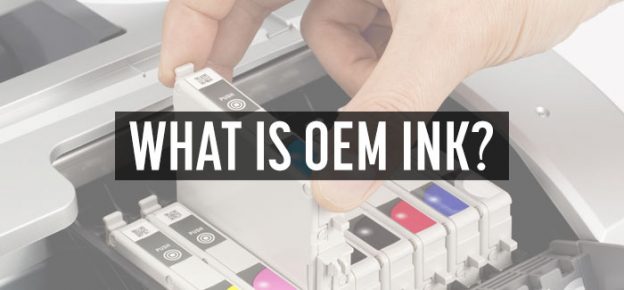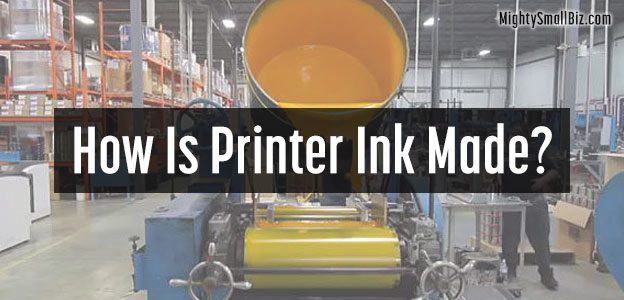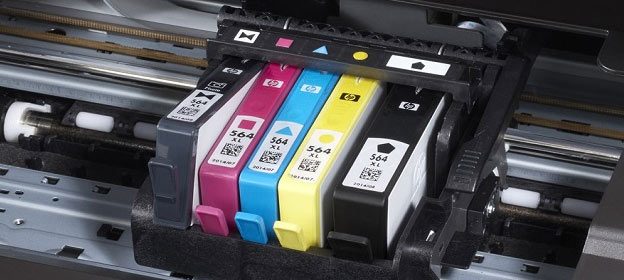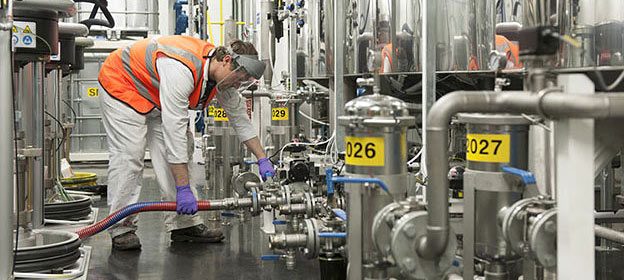Buying replacement ink for your printer? You should know the difference between “OEM” and “non-OEM” ink. Essentially OEM comes directly from the original manufacturer, and “non-OEM” is the generic equivalent. Here’s a full explanation:



Buying replacement ink for your printer? You should know the difference between “OEM” and “non-OEM” ink. Essentially OEM comes directly from the original manufacturer, and “non-OEM” is the generic equivalent. Here’s a full explanation:

HP Video Explaining How Inkjet Cartridges Work: So, you thought that an ink cartridge was basically just a little plastic box that holds ink until it’s magically transferred onto paper by tiny elves? (Well, that’s what I always assumed)

I came across this truly fascinating video from the Printing Ink Company that illustrates the process; from the raw ingredients and mixing process, to the final ink that is sold. Seeing the video makes you feel even worse about how much ink is wasted in your printer! (Click below to view, & please share this page!)
Highlight of the video: Essentially, four base colors are made, from which all other colors are derived through mixing. These colors are Cyan, Magenta, Yellow, and Black; commonly known as CMYK color.

The process that ensures quality for remanufactured and compatible ink is known as ISO 9001. Most ink that meets these tough standards will actually have an ISO 9001 seal on the packaging, meaning that they have been manufactured under ISO 9001 standards.
While all of your top ink brands like Epson, Canon, HP ink, and Lexmark (genuine ink directly from the manufacturer is known as “OEM ink”) comply with these standards, you’ll want to make sure any generic ink cartridges that you buy comply as well.
The coupons for generic ink that we feature on this site (click for 4inkjets.com coupons or 123inkjets.com coupons) all comply with these quality standards.

In 1978, a Swiss organization known as the International Organization for Standards (ISO) created a set of quality standards, known as ISO 9000. This set of stringent quality standards are universally accepted and were created to ensure that a specific product or service will consistently meet their expectations every time.
ISO 9001 is a specific set of standards under the broader global standards (known as ISO 9000) that monitors the quality of design, development, and production. In this case, the ISO 9001 standards apply to compatible inkjets and remanufactured inkjets.
The process for obtaining ISO 9001 certification is a very rigorous process. With the end result guaranteeing that you, the customer, are getting a very high quality product. Some of the requirements in ISO 9001 (which is one of the standards in the ISO 9000 family) include:
In general, a company or organization that has been independently audited and certified to be in compliance with strict ISO 9001 standards may publicly state that it is “ISO 9001 certified” or “ISO 9001 registered”. (as seen on the side of many inkjet cartridges) Certification to an ISO 9001 standard certifies that formalized business processes are being applied for consistency.
Buy generic ink that is iso 9001 certified for quality